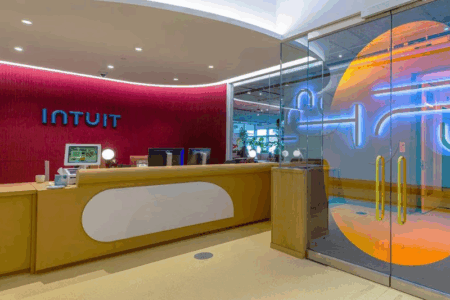Investing is both an art and a science.
On one hand, it involves hard facts and numbers; but on the other hand, it also includes the human (or “soft”) aspect.
Analysing a set of financial statements may sound technical, but the process can be made much simpler by focusing on a few key aspects.
Financial ratios are often used to determine the health of a business and are used widely when reviewing company earnings.
The best part is – you do not need to be a whiz at numbers, or a trained accountant or analyst.
Using just a simple calculator, you can obtain a set of financial ratios that provide a good indication of how the business is performing.
These ratios are useful for comparing similar companies within an industry, or for reviewing if a company’s financial situation has improved or deteriorated.
Here are three important ratios you need to know as an investor.
Gross profit margin
Gross profit is what you have left after deducting the cost of goods sold from the revenue you earn.
Simply put, the cost of goods sold is the cost of obtaining or manufacturing the product that is later sold to customers.
The gross profit margin is calculated by taking the gross profit and dividing it by revenue.
This ratio tells us the amount of gross profit the business enjoys per dollar of sales and is an important indicator of how effectively a company can price its products.
Businesses in different industries may have wildly different gross profit margins.
Pharmaceutical companies such as Eli Lilly (NYSE: LLY) reported a gross margin of 78.5% in the first half of 2020.
Construction companies, such as Keong Hong Holdings Ltd (SGX: 5TT), sport a much lower gross margin of 27%.
Businesses such as Katrina Group (SGX: 1A0), an operator of a chain of restaurants and cafes under different brands, reported a negative gross margin of 18.8% as it was hit badly by the COVID-19 pandemic.
The gross margin can be compared across companies within the same industry as an indicator of how much pricing power each player has.
You can also compare the gross margin of a company across different periods, for example, five years, to see if it has increased or decreased.
By doing so, you get a sense as to whether the company may be gaining or losing its competitive edge.
Return on equity
The return on equity, or ROE, is a very useful measure of the profitability of a business.
The ROE is computed by taking the net profit after tax (or attributable to shareholders) and dividing it by the total equity in the balance sheet.
In a nutshell, a higher ROE indicates that the business can extract a higher return on the capital it deploys.
An ROE of 20%, for instance, means that for every $1 of capital deployed into the business, $0.20 worth of net profit is generated.
Businesses with high ROE are desirable as it implies that management is highly efficient in converting capital into profits.
Take the Singapore Exchange Limited (SGX: S68), or SGX, for instance.
For its fiscal year ended 30 June 2020, the group chalked up a return on equity of 40%, which was a five-year high.
ROE is also useful for comparing companies within the same industry to assess which is the most efficient in converting share capital into profits.
Debt-Equity ratio
The discussion on financial ratios would not be complete without touching on debt.
Debt, or borrowings, represent an obligation of the business to its creditors.
Debt itself is neither good nor bad, but it has been shown time and again that excessive levels of debt have led to a downfall of many a business.
The level of debt is also closely tied to ROE, as explained later.
One useful ratio for measuring the level of debt a company has is to compare it with its equity base.
The formula for this is the gross debt (i.e. short and long-term debt) divided by the total equity.
A prudent ratio should see the level of debt to equity at below 50%, implying that for every dollar of equity, the business has taken up $0.50 in loans.
Remember that high levels of debt may be used to juice up net profit, leading to a sharp rise in ROE.
You should review the ROE in tandem with the debt-equity ratio as a sanity check.
A debt-equity ratio exceeding 100% should probably sound an alarm bell but do note that some industries (such as telecommunications) have traditionally held high levels of debt as this is supported by hard assets.
Want to know what stocks we like for our portfolio? See for yourself now. Simply CLICK HERE to scoop up a FREE copy of our special report. As a bonus, we also highlight 6 blue chips stocks trading at a 10-year low. But you will want to hurry – this free report is available for a brief time only.
Click here to like and follow us on Facebook and here for our Telegram group.
Disclaimer: Royston Yang owns shares in Singapore Exchange Limited.




